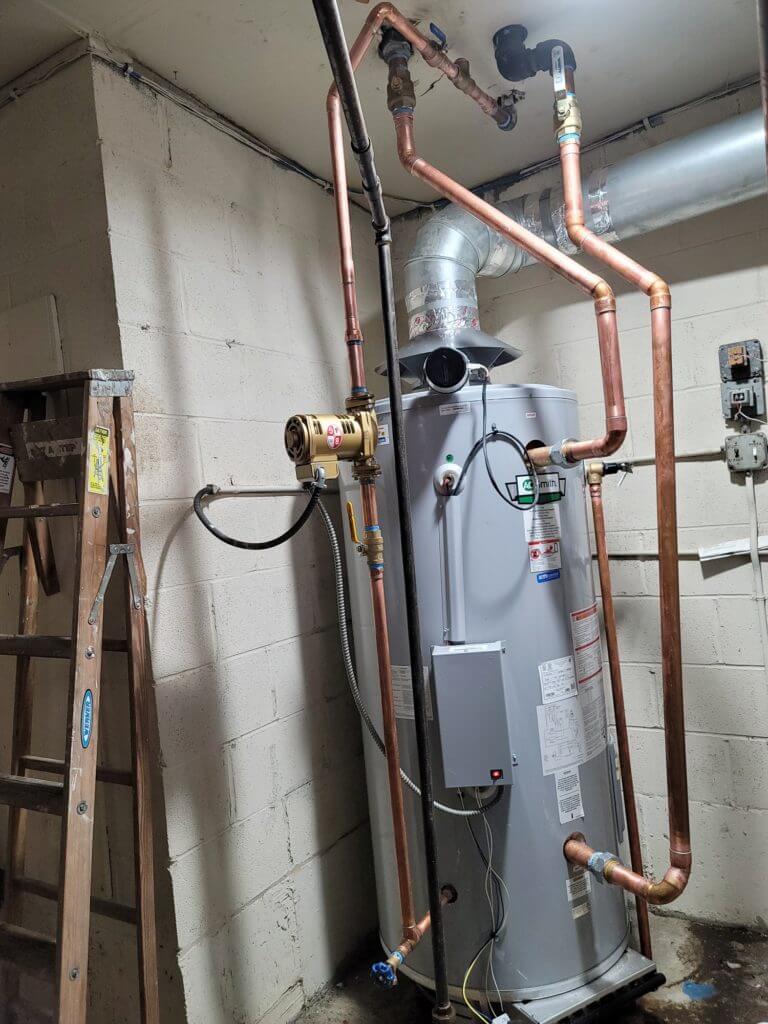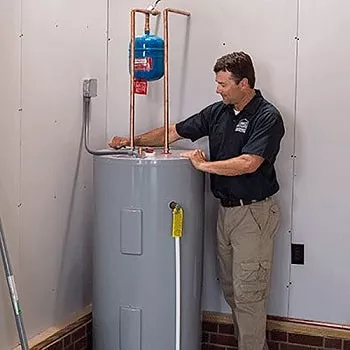Trusted water heater installation in Yorba Linda – quick and affordable solutions
Trusted water heater installation in Yorba Linda – quick and affordable solutions
Blog Article
Do It Yourself Water Heating Unit Setup: Essential Steps for Success
When taking into consideration a DIY water heating unit installment, it is vital to come close to the task with a systematic attitude, as the procedure includes several crucial actions that can dramatically influence both safety and security and effectiveness. Picking the ideal water heating system for your details demands is just the start; preparing the installation area and understanding the essential tools and products are just as vital.
Choosing the Right Water Heating System
When choosing a hot water heater, it is essential to think about several vital elements to guarantee optimum efficiency and efficiency - water heater. Firstly, examine the sort of water heating system that best matches your needs. Choices consist of tankless, tank, and heatpump water heating systems, each offering distinctive advantages in regards to power performance and area needs
A larger household might call for a device with a better gallon ability or a tankless system that can give continual hot water. Each power type has implications for installation prices and lasting energy costs.
Energy efficiency is another essential variable. By carefully reviewing these factors, you can pick a water heater that straightens with your household's details needs, making certain convenience and performance for years to come.
Devices and Materials Needed
Effectively installing a water heater calls for not just the appropriate option of system yet additionally the appropriate devices and materials. Prior to embarking on your do it yourself job, guarantee you have a comprehensive checklist of products to help with a smooth setup process.
Necessary tools include a pipeline wrench, flexible pliers, and a screwdriver collection (both flathead and Phillips), which will help you manage various installations and links. In addition, a drill with ideal little bits is required for installing brackets or making any needed openings. For safety, a voltage tester is vital, particularly when taking care of electrical water heaters.
When it comes to materials, get Teflon tape to guarantee leak-proof connections on threaded installations. You will certainly also require a versatile water system line, which can be either knotted stainless steel or PVC, depending on your choices and local codes. Do not forget to equip up on installations, such as joints and couplings, to attach the pipes safely. A frying pan or drip tray can assist manage any possible leaks, providing an added layer of safety and security. By gathering these materials and devices ahead of time, you set the phase for an effective hot water heater setup.
Planning For Setup
Prior to starting the installation of your hot water heater, it is important to assess the setup website to guarantee it meets all needed demands. Beginning by verifying that the area is well-ventilated, specifically for gas water heaters, to stop the accumulation of dangerous gases. Check for the availability of essential connections, consisting of water system lines and electric outlets, ensuring they remain in excellent condition and appropriately situated.

This aggressive approach not only guarantees compliance with neighborhood building codes yet likewise improves the long life and effectiveness of the water heating system. Proper preparation establishes the phase for a smooth setup process and helps prevent unforeseen problems.
Step-by-Step Installment Process
With the prep work complete and all needed assessments conducted, the next stage entails the step-by-step installation of your water heater. For tank-type water heating units, connect the cool water supply line to the inlet, normally marked in blue, and the warm water line to the electrical outlet, usually assigned in red.
Following, safeguard the temperature and pressure safety valve, which is crucial for security. Affix the discharge pipeline to this valve, routing it towards the floor or a suitable drain location. For electric versions, link the power supply by stripping the wires and securing them to the heating system's terminals according to the producer's instructions.
If you are installing a gas see hot water heater, ensure the gas line is linked correctly and inspect for leakages utilizing a soap solution. Connections are made, fill up the storage tank with water before turning on the power or gas supply. Enable the water heating unit to reach the wanted temperature level and check for any kind of leakages around all links.
Ensuring Security and Performance
Routinely making certain safety and security and performance during the setup click here for more and operation of your water heating unit is vital for optimum performance and long life. Begin by picking an appropriate area that adheres to neighborhood building regulations and supplies sufficient ventilation. Guarantee that the location is without combustible materials and has sufficient area for upkeep and assessments.

After setup, conduct normal examine the system to spot leaks, rust, or unusual sounds. Set the thermostat to a safe temperature level, commonly around 120 ° F, to stop hot and boost power effectiveness. Insulate pipes to decrease warm loss, which adds to decrease energy expenses.
Final Thought
To conclude, effective do it yourself hot water heater installment rests on cautious planning and implementation. Selecting the proper water heater, preparing the installment area, and adhering to a methodical installation process are important steps. Sticking to security standards throughout the installation guarantees explanation both safety and effectiveness. In addition, regular upkeep checks post-installation will certainly add to the ideal efficiency of the hot water heater, inevitably improving the longevity and performance of the system. Correctly setting the thermostat further makes certain risk-free procedure.
When thinking about a Do it yourself water heating unit installation, it is necessary to come close to the job with a methodical way of thinking, as the process involves a number of important steps that can significantly affect both security and performance.Before starting the installment of your water heating unit, it is essential to assess the installment site to ensure it satisfies all needed demands. For tank-type water heating units, link the chilly water supply line to the inlet, usually noted in blue, and the warm water line to the electrical outlet, normally marked in red.Routinely guaranteeing security and efficiency throughout the installation and procedure of your water heater is important for ideal performance and long life. Choosing the ideal water heating system, preparing the installment area, and complying with a methodical installation process are critical steps.
Report this page